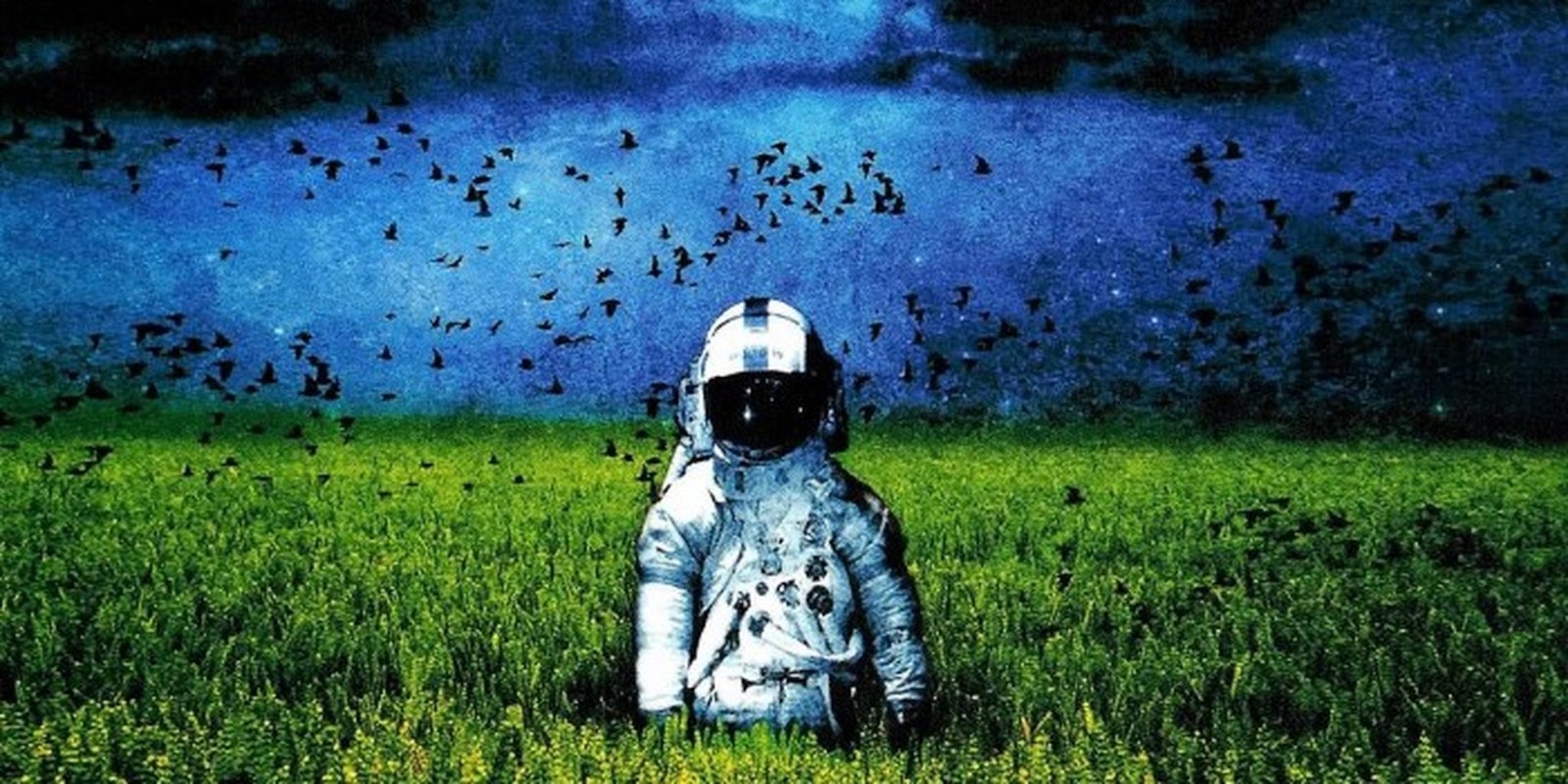Somewhat unexpectedly, emo is a trending topic in music. This is significant, as emo at its most famous was laughed off the stage somewhere between Spiderman 2 and the Jay Z-backed Fall Out Boy record. I’d more easily buy a revival of rap-metal—it’s a better look for new bands than weepy lyrics about frivolous, adolescent whims and suburban despair.
Emo was easy slang for “power pop with self-taught guitars”–accessible, easy, communal. The genre had flurries in the ’80s, ’90s, and early 2000s. It makes sense that the sound strikes back periodically—awkward teenagers with feelings will always exist—but the governing term is an odd banner to revisit.
Grantland’s Andy Greenwald and Chris Ryan were big emo guys. Greenwald wrote a defining book that detailed the scene’s collective (ultimately failed) coup. Ryan was an emo kid, attending college in Boston during the ’90s. Ten years ago, the old guard of major label fat cats was banking on this to be grunge. It didn’t happen for a number of reasons Greenwald and Ryan explored on their recent, retrospective podcast.
My older, scenester editors, like Ryan and Greenwald, had a tangible, authentic, regional music scene. I had absolutepunk.net, AOL Instant Messenger, Hurley polos, and faux indie labels (Vagrant, Drive Thru, Fueled By Ramen) with big money investors and secret puppet strings. The previous class had couch-surfing lead singers, and bands like Mineral that remain legitimately great. We had quirky, novelty side projects from leftover keyboard players like Reggie and the Full Effect.
Was emo a healthy net positive for bored teenagers that didn’t have DIY interests but thought the songs were fun to pirate? I am conflicted as a perpetual apologist of this era, despite its bundles of comically bad songs. And that’s just Fall Out Boy. At its most inspiring, high school jocks dug punk aesthetics and political, local bands like At All Cost in Austin, Texas screamed about George W. Bush—deterring kids from Godsmack in the process. At its worst, girls were broken down into foils for singers and everything we rocked out to was a dollar-menu diet of prospect bands.
This playlist hones in on the music of 2003. It is comfortably the best year for 21st century emo. It was the most inclusive: Linkin Park’s Meteora was paired with AFI’s Sing the Sorrow as essential Hot Topic healing; rapper Slug was welcomed at the Warped Tour; Coheed & Cambria used the scene to become prog stars. Punk stayed flippant and political at the height of the Iraq War. Sensitive scream-y stuff straddled a competent line between “self-serious, passionate, to be commended” and “I am embarrassed for this guy as I hear this.” Songwriting was stellar at its most well-funded genre apex. The Exploding Hearts died, leaving behind one perfect punk album. Ben Gibbard dropped Transatlanticism and Give Up. Blink-182—aged pranksters and advocates for promoting punk bands to teenagers—recorded their most mature and best album. Thursday and Brand New released masterpieces.
In 2002, the Used sounded like this. In 2004, the Used sounded like this. In 2003, the stuff was at its most exciting—bankrolled yet raw, a first round draft pick with a signing bonus check to burn at a nightclub.
Ever since, my attitude as a music scribe has been “whatever man, you had to be there.” But fuck that. Some of the 21st century’s best secular, Western rock stems from emo. I hated Arcade Fire’s Suburbs record for a number of different reasons, but a lot of it came down to: I’m proud of my life and the things that I have done. You can lead with decorative vests or you can put a bleeding lung on the operating table.
The article originally appeared on Bro Jackson.


